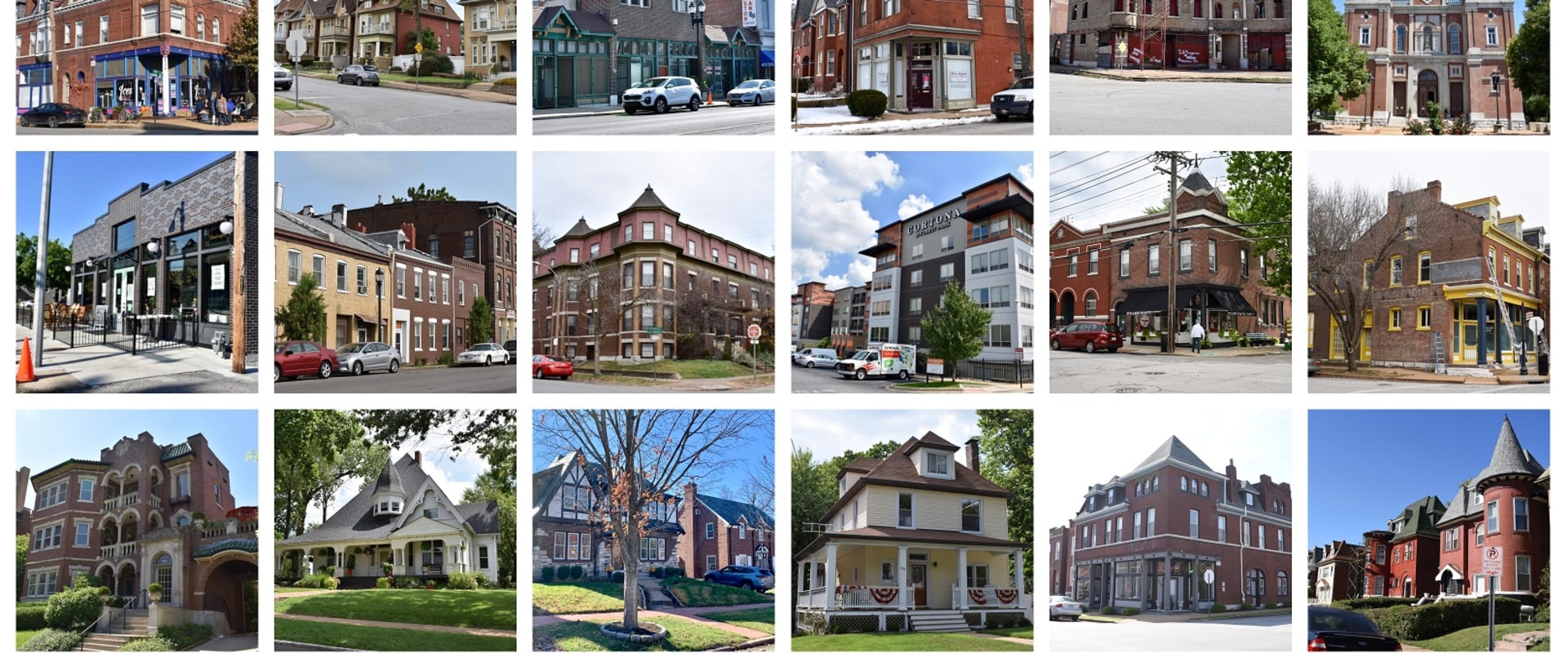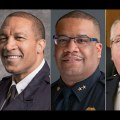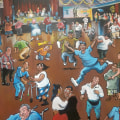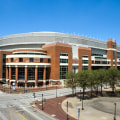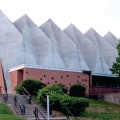Churches are an essential part of the community they serve, and the growth and priorities of denominations often reflect the people and stories of the society they are a part of. Population data for the Greater St. Louis metropolitan area has revealed two consistent trends over the past half century: people are moving out of the city of St. Louis, but the number of people living in the metropolitan area hasn't changed drastically.
Chris Collins, an adjunct professor of systematic theology at Saint Louis University, believes that people are no less spiritual, but that it is easier to switch religious affiliations due to the melting pot of religions in the United States. He also argues that, in the long run, Catholics have not been declining. The Border Church was blessed by the work of two men: Bishop DuBourg and Father Rosati. Bishop DuBourg was a gifted speaker in both English and French, speaking in a grand style, while Father Rosati spoke simply and usually based his homily on reading the scriptures of the day.
Bishop DuBourg often took on more than he could handle and jumped from project to project, while Father Rosati set achievable goals and achieved them. Father Rosati was frugal in building the cathedral, renouncing his dream of having marble altars and stained glass windows, and kept a detailed record of every transaction. The African Methodist Episcopal (AME) movement began when Richard Allen took a group of black parishioners out of a Philadelphia church in 1787 to form his own worship service. Bishop DuBourg hoped that the Jesuits would work among the Indians and, in 1823, he signed an agreement with Father Charles Neale, superior of the Jesuits in the United States, giving them exclusive care of all Indian missions already established and those that were about to begin in the Missouri River and its tributaries. Contractors soon began construction of the church plaza on Second and Market Streets and, on March 29th, Bishop DuBourg laid the first stone. St.
Louis is home to several 4-year colleges (26% universities), such as Harris—Stowe State University (a historically black public university), Fontbonne University, Webster University, Missouri Baptist University, University of Health Sciences & Pharmacy (the former Saint Louis College of Pharmacy), Southern Illinois University in Edwardsville (SIUE), and Lindenwood University. It is also home to several major corporations such as Anheuser-Busch (purchased by Belgium-based InBev) and Missouri Pacific Railroad (which was based in the St. Louis County Courthouse). The Old Courthouse was completed in 1864 and was notable for having a cast iron dome and for being the tallest structure in Missouri until 1894. Amtrak trains arriving in St.
Louis include the Lincoln (which goes to Chicago) and the Missouri River Runner (which goes to Kansas City). On December 28th 1832, Governor Daniel Dunkin signed a bill that made Saint Louis University the first university west of the Mississippi River. It is also home to St. Louis Cathedral (also known as Old Cathedral or Basilica of St.
Louis King of France), which is the oldest Roman Catholic cathedral west of the Mississippi River and oldest church in St. Louis. Unlike other Protestant branches, black churches have a legacy of leadership in connecting faith and action. This legacy was exemplified by Richard Allen's formation of AME churches which provided a place for African Americans to worship without discrimination or segregation. Bishop DuBourg's agreement with Father Charles Neale also provided an opportunity for Jesuits to work among Native Americans. Father Rosati's work in Missouri was accompanied by numerous responsibilities: superior of the Vincentians in the United States, pastor, professor and founder of St.
Louis University. He left behind a legacy of great dreams, many beginnings and a solid foundation for continued construction of churches in this part of North America.
